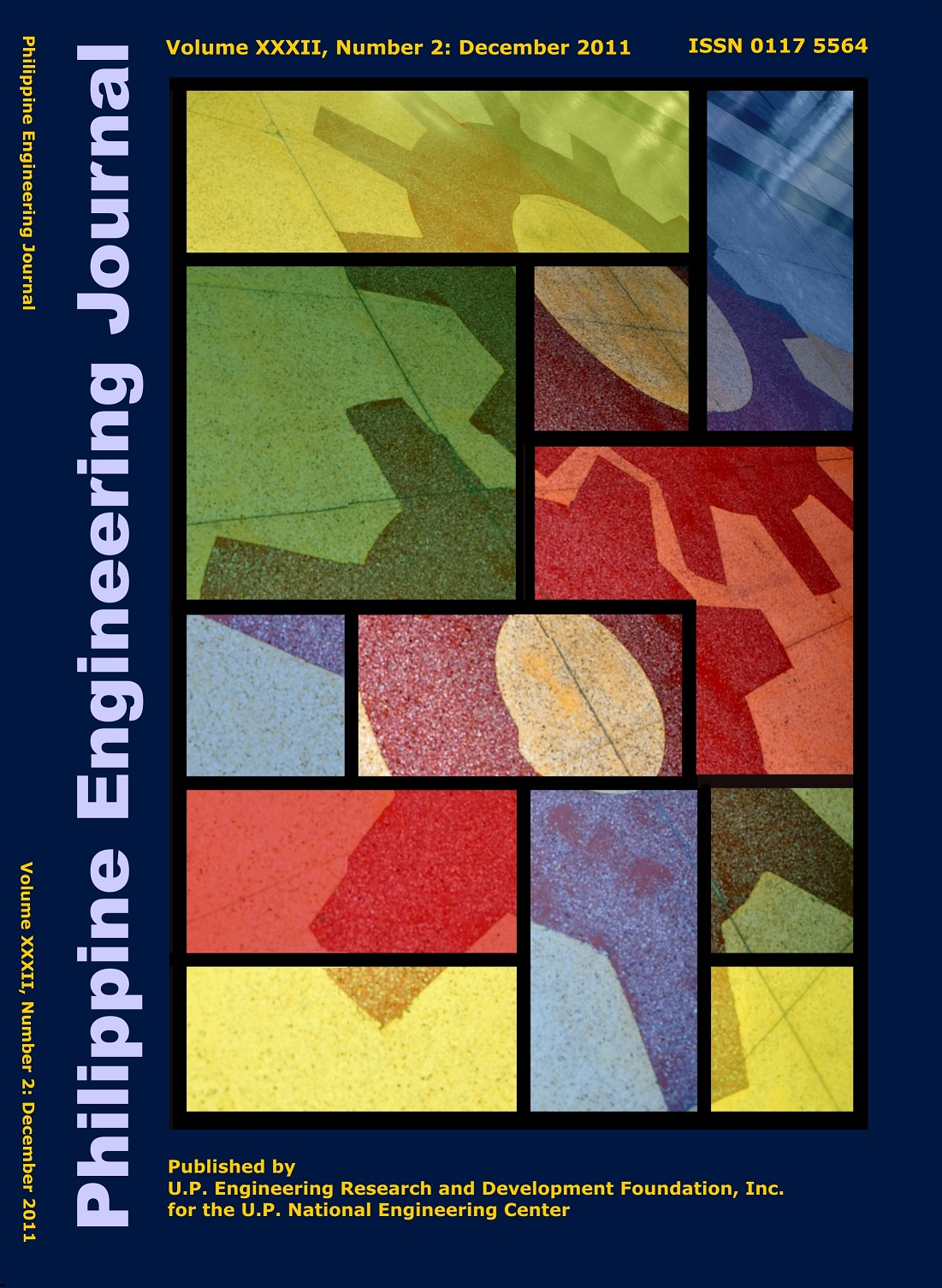Reduction of Heavy Metal and Microbial Contaminants in Septage Via Vermicomposting
Abstract
Septage or sludge from septic tank contains heavy metals and pathogens that need to be treated. One treatment option is vermicomposting to convert septage into compost or soil conditioner. In this study, septage underwent vermicomposting process using African night crawler earthworms (Eudrilus eugeniae) for 60 days. Bulking agents, sawdust and cocopeat were added in different proportions to obtain C:N ratio conducive for optimum vermicomposting. The different mixtures (septage, septage+sawdust, and septage+cocopeat) were monitored for temperature, pH, and moisture content. Reduction of heavy metals (Zn, Pb, Cu, Ni, and Hg) was determined in all mixtures while validation was made by measuring the metal accumulation in the earthworms throughout the vermicomposting process. Pathogen removal was determined by regularly conducting coliform, Salmonella sp., and helminth ova analyses. The study showed that a significant decrease in the metals concentration at the mixture indicating that the earthworms can accumulate metals in their body tissues. In addition, the increase in temperature during the vermicomposting process reduced the number of coliform and Salmonella sp.
Keywords: vermicomposting, heavy metals; pathogen, C:N ratio, septage


